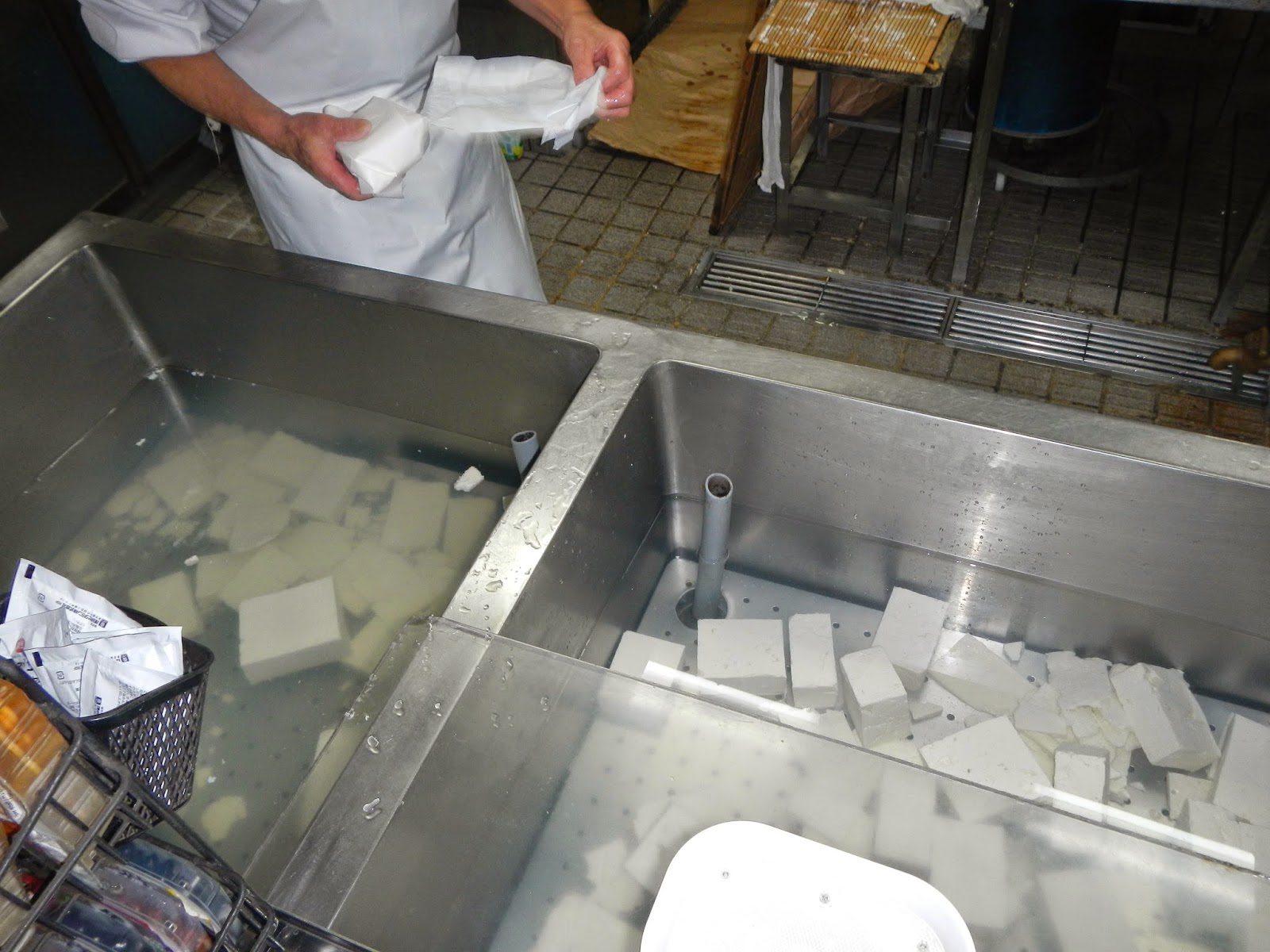Man, you would not believe how difficult it was to get a cell phone. I get now why everyone was recommending that I just get a burner (which apparently are quite common here in Tokyo, not just the purvey of drug dealers), but it's so much cheaper to get a monthly plan. However, apparently it's also ridiculously complicated . . . they are literally stricter about what financial information they need than my real estate company was. Ugh
But I finally got my cell phone, and with a great plan. 2800 yen (which I tell myself is $28, although with the current exchange rate actually waaaaay less) per month. Unlimited minutes, but with the strange exception that I can only talk for 10 minutes at a time--which is kinda funny, but it's not a problem to simply tell my friends "hey, I'll call you back in ten seconds"
What's kinda cool, though, is that it illustrates something very interesting about Japanese culture and technology. See, Japan has the rep for being incredibly advanced, especially in electronics. And that's certainly true. But culturally is a little different--it seems to me that once technology has reached a level that consumers appreciate, it more or less stays there. Filing is still done largely by paper, because hey it works. You still see row after row of the newest high-tech fax machines in every electronics store. And while smart phones are definitely getting a strong foothold, this is a pretty recent development and there are still plenty of people that stick to simple flip phones
I don't know why this phenomena exists, but you see it everywhere in Tokyo. Certain technological innovations that just never really caught on. And as someone that's stuck with the flip phones when all of his friends were making the switch, this is an absolute dream come true. This must be how fans of synthpop felt in the early 2000s when bands like The Killers were coming out. Or someone who's a fan of 90s style boybands going to Korea now :P
It's like all of the industrial design that's been spent on smartphones got funneled into oldschool flip phones instead. It's glorious
 |
| Look at that guy. Pure matte black, looks like something out of a 90s sci-fi show |
 |
| When was the last time you used the word "sleek" to describe a fliphone? Ever?? |
 |
| Featureless, smooth front, until you push the button and the time magically appears |
 |
| And buttons! I like buttons, ok? Your video keypads frustrate me. Deal with it, Steve Jobs |
To steal from Penny Arcade's review of the graphics in Odin Sphere, one of my favorite games of all time--as well as one of the most gorgeous ever created, since it featured gorgeous hand-painted graphics that hadn't been popular for fifteen years: "I would say that we had travelled [sic] back in time, but games of this type were never as beautiful. It’s really more like we have travelled [sic] sideways, into another timeline where the sprite is still king"
I am in a land where the flip phone is still king, and it's glorious
Noah out















































